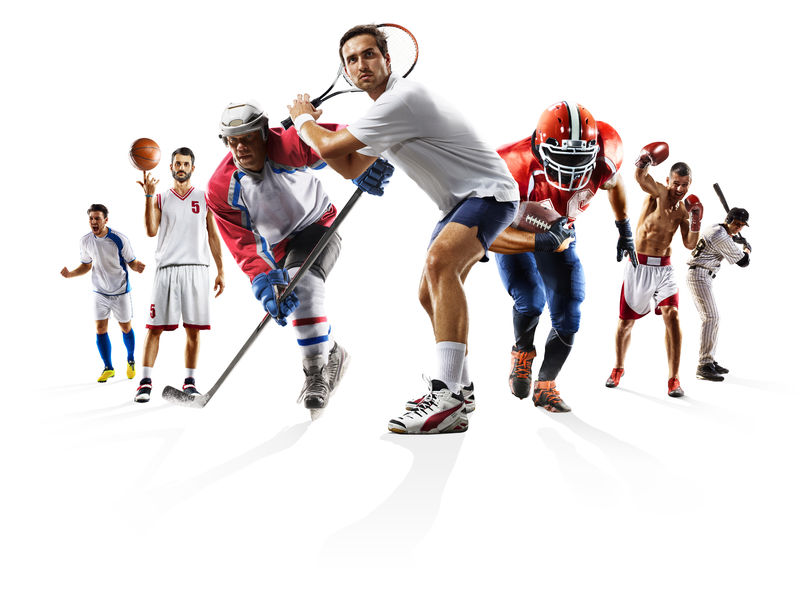This test is run by .
Note that your final mark will not be saved in the system.
Note that your final mark will not be saved in the system.
Skill and Ability GapFill
Target Level
4-5
Running Total
0
0%
Attempt
1 of 3
You must fill all the gaps before clicking ‘Check Answers!’

Skill in sport can be defined as the ability to perform an action or a behaviour with maximum certainty and efficiency to achieve a predetermined result. Ability, on the other hand, is the and stable personal traits an individual possesses which determine their potential to learn a skill.
There are six key characteristics of skills in sport. Skills should be:
- – The performer should be able to repeat the skill over and over again and achieve the same outcome, e.g. a football player should be able to lift the ball up and over a wall and hit the target more times than not
- – Synchronisation of different body parts at the same time, e.g. the rugby player who is able to fend off an opponent with one arm while stretching with the other to reach over the line and score a try
- – Skill should flow naturally, with ease, e.g. the high jumper performing the Fosbury flop who ensures each body part will be above the bar as it passes
- pleasing – Execution of the skill looks confident and appealing to watch, e.g. the hammer thrower who releases the hammer at the exact time which allows it to travel directly forward to maximise distance
- -directed – Skills should be performed with a clear purpose in mind, e.g. a cricket player should perform a ramp shot if they plan to lift the ball backwards and over the wicketkeeper's head
- – The subroutines of the skill should be precise to what the performer wants to achieve, e.g. the timings of each phase of the triple jump should maximise the overall distance achieved
Skills can also be classified on a continuum, which is a sequence, or order of criteria, that has two opposing ends on a scale:
| skills are easy to perform as they require fewer decisions and little concentration (e.g. running in a straight line). | skills are more difficult and require more decisions, focus and concentration (e.g. a triple somersault in a diving competition). |
| skills can be affected by unpredictable circumstances such as the weather (e.g. taking a conversion in rugby against the wind), the opposition and the particular situation you are completing the skill in. | skills take place in a predictable setting (e.g. in a defined space and time, such as a gymnastics floor routine) and are typically self-paced. |
| skills involve large muscle groups to perform movement (e.g. the long jump). | skills involve small muscle movements to bring about movement (e.g. a putt in golf). |